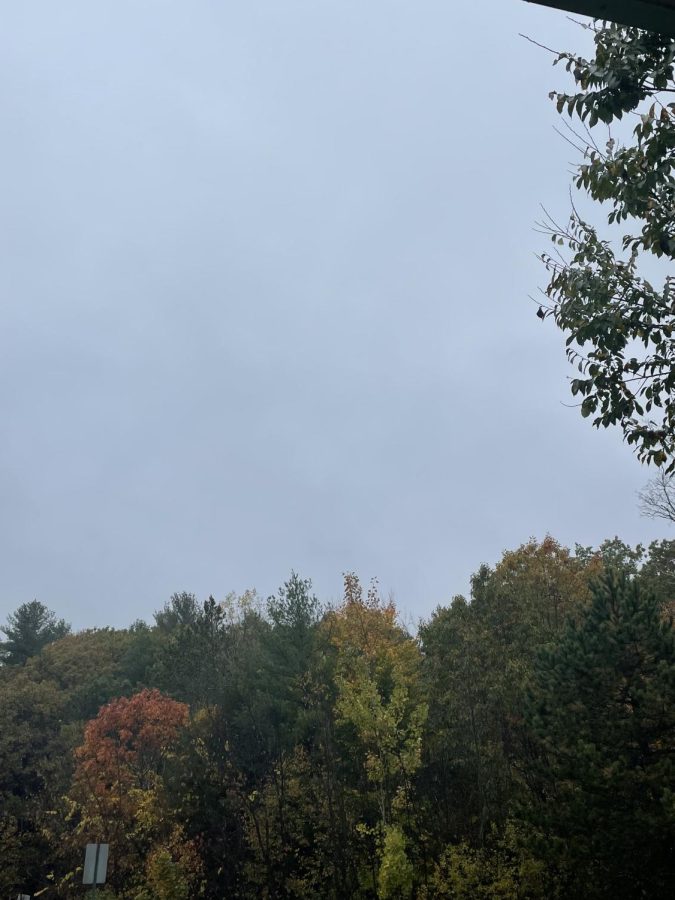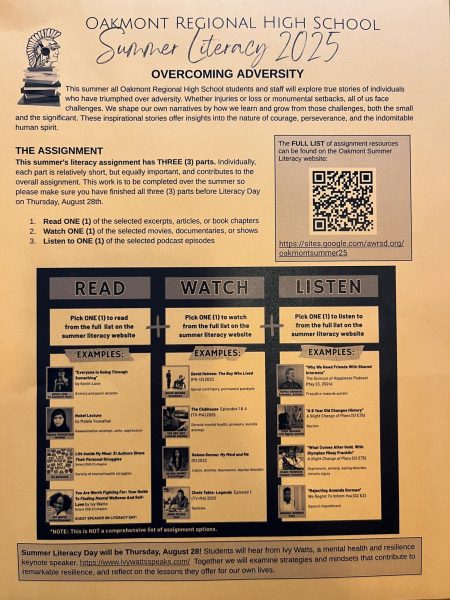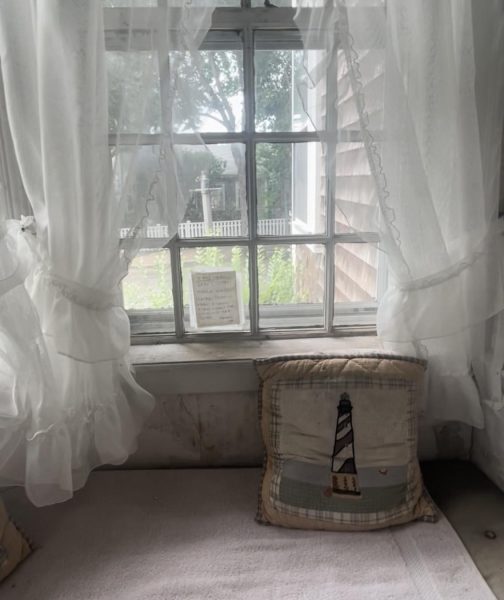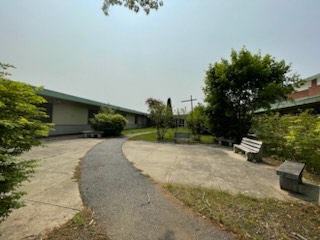SAD: More than just winter sadness
As we enter the winter months, and more people retreat indoors, moods and motivation tend to decline. For some, there is a real medical explanation for this: seasonal affective disorder (SAD).
According to Mayo Clinic, “Seasonal affective disorder is a type of depression that’s related to changes in seasons.” For most people, it starts in the fall and continues into the winter months. Less often, it starts in the spring and continues into the summer. SAD begins and ends at around the same time every year.
Some symptoms may include feeling depressed most of the day, losing interest in activities you once enjoyed, experiencing changes in your appetite or weight, headaches, trouble thinking clearly, or social withdrawal. These symptoms can be included in either fall or spring SAD, but there are some that are unique to a specific season.
If you experience fall to winter seasonal affective disorder you may oversleep, have appetite changes (specifically, craving more sweets), gain weight, or be extremely tired with low energy.
On the other hand, if you experience spring to summer SAD, you may have trouble sleeping, a poor appetite, lose weight, or agitation and anxiety.
Oakmont Counselor Mr. Alex Pilger commented, “I very rarely have a student come to me and say ‘I think I have seasonal affective disorder’. It is more that they exhibit more depressive symptoms in the winter time. I see symptoms similar to depression symptoms like feeling unmotivated, just feeling sad, and having a hard time getting out of bed.”
Oakmont Nurse Mrs. Susan Lofquist, who has personally struggled with SAD in the past, agrees, “I’ve seen a few [cases of SAD]. I think a lot of times it’s slumped into the category of general depression – they don’t really notice the seasonal aspect of it. It is definitely part of Oakmont.”
This disorder is more common than you may think; there are more than 3 million U.S. cases per year. Typically, SAD starts when a person is between the ages of 18 and 30, but it can begin at any age. This may be because it takes years of experience with struggling to connect the signs. Pilger says, “For somebody to recognize that [SAD] is the struggle they have takes years of struggling. They have to make the connection between the time of the year and when they start struggling.” It can occur in both genders, but is diagnosed more often in women than in men. Interestingly enough, seasonal affective disorder occurs more frequently in young adults than in older adults.
There are multiple causes for seasonal affective disorder. Fall and winter SAD may be caused by a reduction of sunlight. The lack of sunlight that occurs during these seasons may disrupt your body’s internal clock. Lofquist says, “We are in the northern hemisphere. We don’t get a lot of sunlight in through our eyes because we don’t go outside except in the summer. One of the things that you get from being outside and exposing your eyes to the sun is Vitamin D, which is a very important thing for your body to have so that you don’t get depressed.” Secondly, this decrease in sunlight may cause a drop in your serotonin levels that can trigger depression. Lastly, the change in season can put your body’s melatonin levels off balance.
You should visit a doctor if you feel sad or depressed for days at a time, your sleep pattern and appetite have changed, you are unable to get motivated, or you feel hopeless.
Physical exercise, behavioral therapy, and light therapy are all ways you can treat SAD. Mrs. Lofquist recommends a goLITE- a LED light therapy machine. You can find these at stores like Best Buy and Walmart. For some, it can be a struggle to find the motivation to do these treatments. Luckily, there are other ways to treat seasonal affective disorder. A few hints may be to set realistic goals and not to take on too many tasks at once. Being overwhelmed can be stressful and it may lower your motivation even further. Try to be with other people and confide in someone. Talking to friends and family is always a good option. Do things that make you feel better. Activities such as going to a movie, gardening, going for a walk, and taking part in social events, are just a few examples.
Stay away from alcohol and drugs. These are examples of unhealthy coping mechanisms that can damage your mental and physical health. Eating healthy, well-balanced meals is another easy way to improve your mood.
Expect your mood to get better slowly. You can’t rush into things like this, so don’t be discouraged if you do not see an immediate change. Think about the outcome of your actions. If you take the time and put in the effort, it will benefit you. Be patient; while working on getting better, focus on the positives. Like any sort of condition, realizing you’re not your ‘best self’ is the first step. “I think there is never enough awareness for mental health struggles,” says Pilger.

Gianna Caforio, Class of 2025, is a journalist for the Oakmonitor. At Oakmont she is involved in S.A.F.E., Class Office (secretary), friends club, and...











